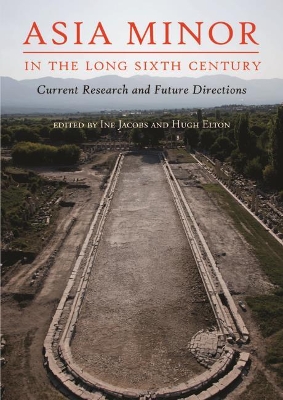Asia Minor is considered to have been a fairly prosperous region in Late Antiquity. It was rarely disturbed by external invasions and remained largely untouched by the continuous Roman-Persian conflict until very late in the period, was apparently well connected to the flourishing Mediterranean economy and, as the region closest to Constantinople, is assumed to have played an important part in the provisioning of the imperial capital and the imperial armies. When exactly this prosperity came to an end – the late sixth century, the early, middle or even later seventh century – remains a matter of debate. Likewise, the impact of factors such as the dust veil event of 536, the impact of the bubonic plague that made its first appearance in AD 541/542, the costs and consequences of Justinian’s wars, the Persian attacks of the early seventh century and, eventually the Arab incursions of around the middle of the seventh century, remains controversial. This volume explores a series of themes including the physical development of large and small settlements, their financial situation, and the proportion of public and private investment. Imperial, provincial, and local initiatives in city and countryside are compared and the main motivations examined, including civic or personal pride, military incentives and religious stimuli. The evidence presented will be used to form opinions on the impact of the plague on living circumstances in the sixth century and to evaluate the significance of the Justinianic period.
- ISBN10 1789250072
- ISBN13 9781789250077
- Publish Date 28 February 2019
- Publish Status Active
- Publish Country GB
- Imprint Oxbow Books
- Format Paperback
- Pages 256
- Language English
